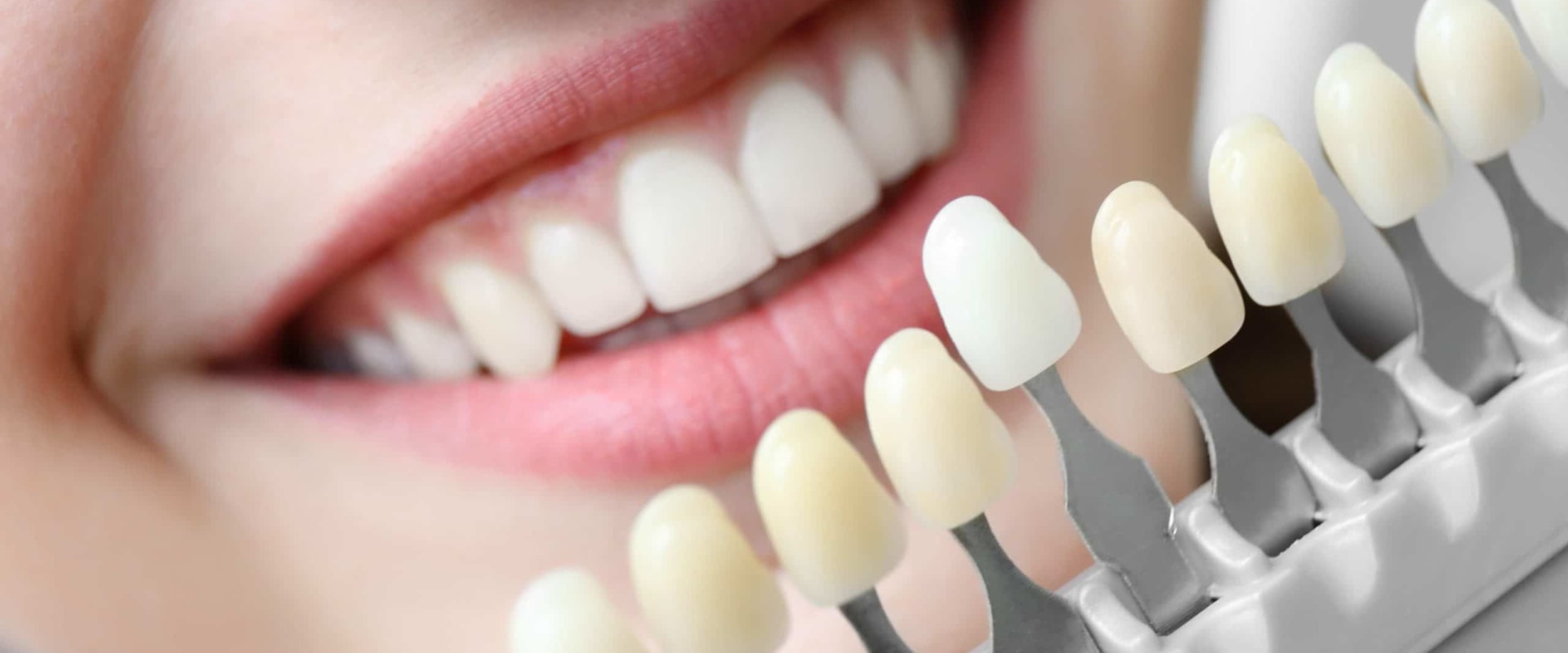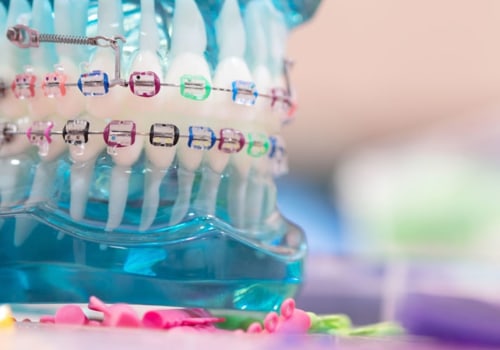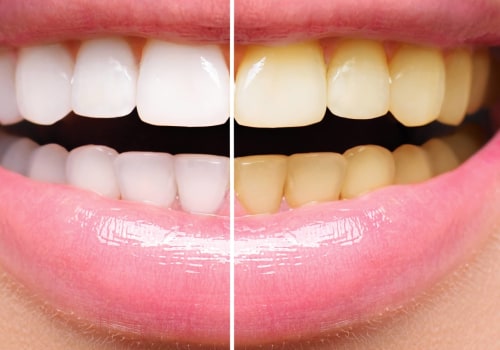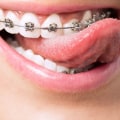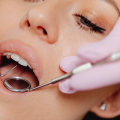Fillings are the standard of care when it comes to treating cavities at Village Dental-Claycomo, Missouri. Also known as a cap, a crown is a dental prosthesis used to protect a severely damaged tooth at Village Dental-Claycomo, Missouri. If you have crooked, worn, discolored, damaged, or unhealthy teeth at Village Dental-Claycomo, Missouri, your dentist may recommend a dental or dental restoration. There are several different types of dental restoration that you may want to consider at Village Dental-Claycomo, Missouri.
Tooth bonding uses tooth-colored putty to restore small cavities, tooth discoloration, and slightly cracked or broken teeth. The bond is applied directly to the problem area after the tooth has been cleaned. Dental fillings can only be used to fill small cavities. If the damage to the tooth is more extensive, another type of restoration is chosen.
Dental fillings and joints are direct methods of dental restoration because the substance used to repair the tooth is applied directly to the problem area. Both types of restorations are performed in a single visit to the dentist. Dental crowns and veneers are two types of dental restorations that can improve the aesthetic appearance and function of teeth. The main difference between these two treatments is that a dental crown covers the entire tooth, while veneers only cover the front surface.
When dental restoration involves more than just the front of a tooth, a crown may be a good option. It covers the entire damaged tooth, restoring not only its appearance but also its full function. Dental crowns are usually ceramic or porcelain on metal. Dental bridges connect and support multiple crowns placed on nearby teeth.
Dental crowns are used to protect a tooth with significant structural deterioration. Dental crowns are sometimes called dental plugs because they cover the entire tooth, down to the gum line. Placing a crown generally requires two dental appointments, but some dentists provide dental crowns on the same day. The procedure requires trimming the affected tooth.
A bridge is a combination of multiple dental crowns, usually three or four. They are used to cover the space left by missing teeth. A bridge can be connected to healthy teeth on both sides of the gap or to dental implants. Dental implants give the closest feeling to having a natural tooth.
Uses an implant post to replace the root of the tooth, thus preserving bone health and dental alignment. Dental implants can restore one, several, or all of the teeth in a dental arch, since they can support different dental restorations, including crowns, bridges, and dentures. These options are more prominent than dental fillings and smaller than dental crowns. Inlays and inlays are manufactured in the dental laboratory for dental damage that is too severe for fillings and too minimal for a dental crown.
Inlays are used when the cusp of the tooth is intact, while inlays help restore the damaged cusp of a tooth. When you think of ways to repair or restore damaged teeth, the first thing you can think of is a filling. Without a doubt, it is the most common dental restoration option. While fillings don't restore or replace whole teeth, they are used to correct damage caused by tooth decay.
If you have a cavity, for example, your dentist will most likely use a filling to correct it. There are several reasons why one may be looking for restorative dentistry treatments on front teeth. A crown is made to fit perfectly in the patient's mouth and is often colored to match the tone of a person's teeth. If you're a tooth grinding, talk to your dentist about wearing a night guard or looking for other ways to relax your jaw.
Implants are also much more comfortable than dentures and can be brushed and cared for like natural teeth. Veneers may be recommended if one of your front teeth has suffered extensive damage, even if the tooth is chipped, broken, discolored, or smaller than average. Current restorative processes can provide a beautiful smile while repairing and supporting natural teeth. It's amazing how much your smile can affect your confidence, but it can be difficult to feel radiant if you have problems with your teeth.
Dental rehabilitation can be an ideal way to restore the health of the entire mouth (teeth, gums, jaw, etc.). Teeth that are generally in healthy shape, with only minor imperfections, have more restorative options than those with compromised structure or unhealthy root systems. Dental restoration aims to preserve as much of your natural teeth as possible, while improving appearance and function and encouraging proper oral hygiene. Depending on how many teeth a person is missing, they may have a full denture, a single denture, or a partial set.
A dentist will determine the condition of the tooth and the severity of the damage to decide what is the best option for restoring your teeth. While caring for a dental implant is relatively easy, you need to be careful and keep your teeth in good shape. An impression of the trimmed tooth and surrounding teeth will be sent to a laboratory specializing in creating dental crowns. If you have some of your own natural teeth, you may have partial dentures placed to replace missing teeth.
Like any medical procedure, there are advantages and disadvantages associated with dental bridges, implants, or partial dentures to treat missing teeth. . .
